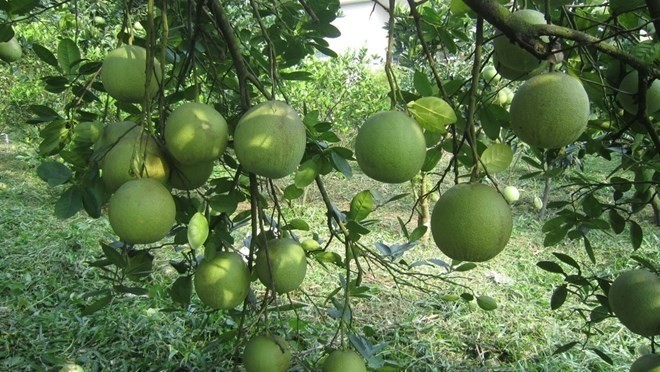Under pressure to protect and promote the brands of their goods, agricultural producers have recently started paying more attention to intellectual property protection. Aware of the importance of brand protection to combat against fake products, some localities with famous agricultural products have begun taking necessary steps to file for intellectual property protection, build geographical indications to enhance the value of their products and protect the legitimate rights and benefits of producers.
Vietnam is rich in tropical agricultural products and almost all localities boast some kind of specialty. In recent years, brand building for agricultural products has achieved certain results at a time when Vietnam is integrating deeply into the global economy. Nevertheless, many producers, enterprises and localities still pay little attention to intellectual property protection for their agricultural products and few Vietnamese agricultural products are known internationally.
An official survey shows that the majority of Vietnamese agricultural products are exported under foreign brand names. Only about 50 geographical indications and 140 brands are registered and protected and only a few of them have been registered for protection abroad. Among about 900 products associated with 700 geographical locations, up to four fifths do not have any branding.
The indifference to brand protection stems from small-scale agriculture; a limited capacity of enterprises; loose connection between local authorities, farmers and enterprises; and producers’ limited trading and marketing skills. In addition, local authorities and farmers are not fully aware of the importance of market development and brand protection while consumers are increasingly demanding more information about the origins of products they are buying.
Geographical indications help increase the value of products and boost local economic development. Furthermore, a product whose origin can be traced will be more competitive. However, currently there are still many difficulties when building geographical indications. Some say the largest obstacle is a lack of a common legal framework in managing geographical indications. As such it is necessary for the competent authorities to reform geographical indication registration and management. More importantly producers should make efforts to enhance the quality and appearance of their agricultural products to improve their competitiveness and win over consumers’ trust.
















